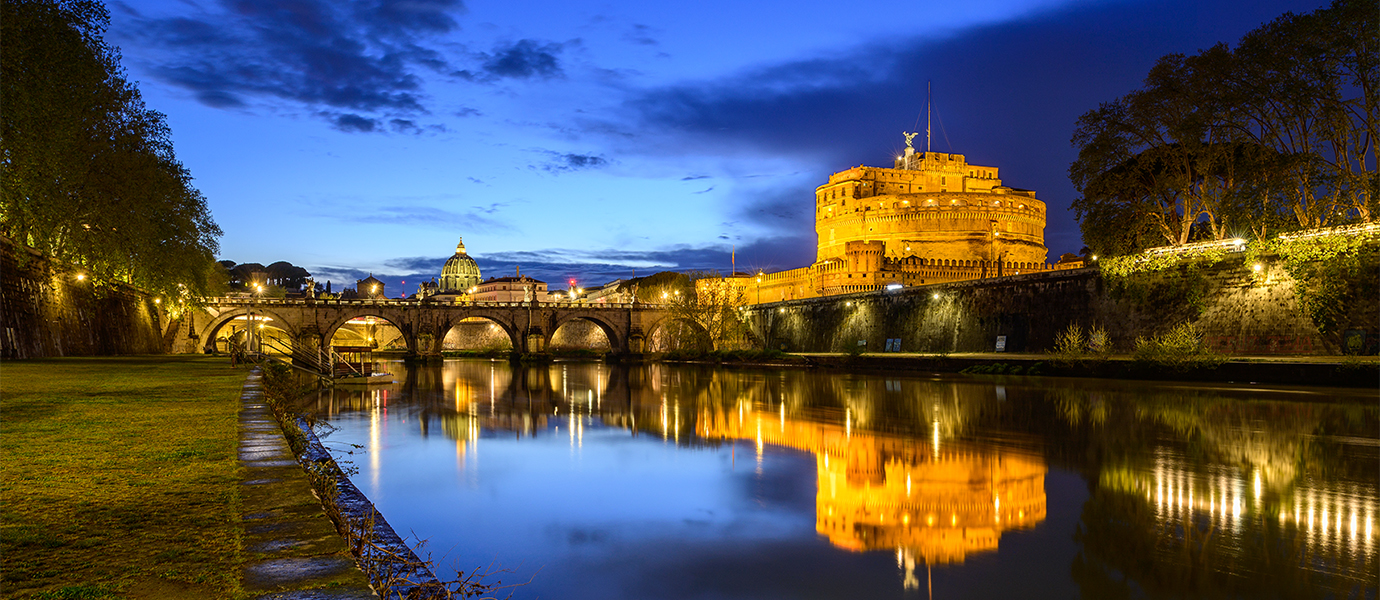Date: 28-31 August 2024
Venue: hybrid / La Sapienza University of Rome, IT
Registration: kindly requested
Participation: early bird fees available until 31 March
For the 30th time the community of European Archaeologists comes together for the annual meeting of the association EAA. Hosted by the La Sapienza University of Rome, the meeting will be held between 28-31 August 2024 (on-site and online), offering a broad variety of topics connected to archaeology and cultural heritage:
1. The Material Record: Current Trends and Future Directions
Archaeological Heritage constitutes the basic record of past human activities. The theme focuses on the relationships between past and present, the role of Heritage in society, and how Heritage can contribute to improving the quality of life and our environment. The richness of the Archaeological Heritage in Rome is a striking example of both a problem and an opportunity for society.
2. Archaeological Sciences, Humanities and the Digital era: Bridging the Gaps
The tumultuous growth of the role of sciences in archaeology may create a gap with humanistic and historical approaches. Moreover, the digital age creates parallel worlds and the size of data increasingly require synthetical and all-encompassing tools, that call for rigorous checks to avoid circular arguments. As such, the hybrid nature of archaeology itself requires the gaps to be bridged, to enable the creation of robust and satisfactory results, visions, meanings and enjoyment.
Within this overall section, one specific session might be of special interest for our Time Machine members, namely session #514 “Applying Archaeological Research Software Engineering as Little Minions: Statistical & Computational Approaches to Daily Archaeological Tasks”.
3. The Life of Archaeological Heritage in Society
Archaeological Heritage constitutes the basic record of past human activities. The theme focuses on the relationships between past and present, the role of Heritage in society, and how Heritage can contribute to improving the quality of life and our environment. The richness of the Archaeological Heritage in Rome is a striking example of both a problem and an opportunity for society.
4. Persisting with Change: Theory and Archaeological Scrutiny
The motto of the Annual Meeting ‘Persisting with Change’ is a statement about the links between past and present: the remains of past days can be imposing, or almost negligible, but their persistence in the present is a point for reflection. Change is another inherent characteristic of the passage of time: “you’ll never step in the same river” (Heraclitus). How do archaeologists deal with the dilemma, of continuity/endurance/persistence while also playing a part in this process of transformation? Rome, with its material and immaterial memories of transformation is the ideal location for reflecting on these issues.
5. All Roads Lead to Rome: Multiscalar Interactions
The saying “all roads lead to Rome” reflects the prominence of the City and the close connections between the centre and the periphery in the ancient Classical World. In a broader sense today, it means that archaeology can search for multiscalar interactions among regions, features, people, and material culture. By changing the scale of our studies, both in time and space, we can bring Europe to the world and the world into Europe.
6. The Mediterranean from Within
The Mediterranean Sea has been recognised as an arena of population movement and intense cultural and trade interactions, from its deep history to the context of imperial systems. Its potential for insular, coastal and peninsular systems, including ‘continental islands’, is a notable example of persistence and transformation. The diachronic growth of networks, their interactions, and external influences shape a part of the past world that is replete with different meanings for both scholars and the public.
7. Archaeology of Sustainability through World Crises, Climate Change, Conflicts and War
The study of the past plays a key role in addressing sustainability, shaping our perception of the present, and our views of the future: ‘Historia magistra vitae’, wrote Cicero. Indeed, the past has shaped the space in which we live, both positively and negatively: we are all obliged to reflect on the sustainability of the past and, above all, of its representation. The city of Rome is a paradigmatic case, with its long history layered in a complex palimpsest in which citizens and tourists merge, live and transform.
For more information about location, sessions, submission of posters (still possible until 8 April) etc. go here:
